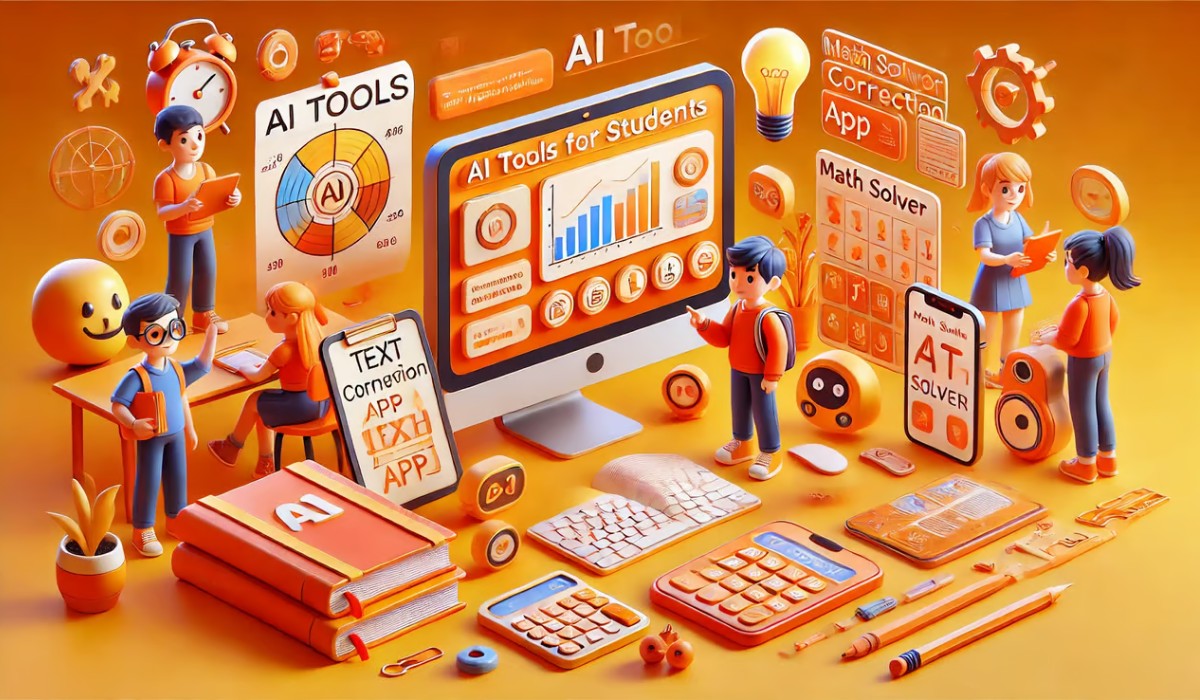In recent years, the field of education has witnessed a revolutionary transformation with the advent of virtual classrooms. This digital evolution has introduced a dynamic and interactive approach to learning that extends beyond the traditional classroom setting. Virtual classrooms leverage technology to create an immersive and engaging educational experience. Let’s explore the myriad advantages that virtual classrooms bring to the forefront.
Accessibility and Flexibility:
Virtual classrooms break down geographical barriers, providing access to education for students worldwide. Whether residing in urban or remote areas, learners can participate in classes without the constraints of physical distance. Additionally, the flexibility of scheduling allows students to access course materials at their convenience, catering to diverse learning styles and accommodating various commitments.
Cost-Efficiency:
Adopting virtual classrooms often translates into significant cost savings for educational institutions and students alike. Traditional expenses associated with commuting, accommodation, and physical infrastructure are minimized. Institutions can allocate resources more efficiently, leading to a more sustainable and economically viable educational model.
Also Read: National Startup Day in India: Celebrating Innovation, Entrepreneurship, and Growth
Enhanced Interaction and Engagement:
Virtual classrooms offer a dynamic learning environment with multimedia tools, interactive discussions, and real-time feedback. Students can actively participate through video conferences, chat discussions, and collaborative projects. This heightened level of interaction fosters a sense of community, making the learning experience more engaging and enjoyable.
Personalized Learning Paths:
Virtual classrooms enable educators to tailor lessons to individual learning styles and pace. Adaptive learning technologies can provide personalized assessments and feedback, ensuring that each student receives the support needed for their academic progress. This personalized approach enhances comprehension and retention of course materials.

Global Learning Communities:
Virtual classrooms facilitate the creation of global learning communities. Students from diverse cultural backgrounds can collaborate, share perspectives, and engage in cross-cultural discussions. This exposure not only broadens their worldview but also prepares them for a globalized workforce.
Incorporation of Innovative Teaching Tools:
Virtual classrooms integrate cutting-edge teaching tools and technologies that enhance the learning experience. From virtual simulations to augmented reality, these tools bring abstract concepts to life, making complex subjects more accessible and comprehensible.
Real-Time Access to Resources:
Virtual classrooms provide instant access to a wealth of educational resources. Students can seamlessly retrieve lecture notes, multimedia content, and additional reading materials at any time. This accessibility promotes self-directed learning and allows for continuous exploration beyond the confines of the traditional classroom.
The advantages of virtual classrooms extend far beyond the immediate challenges posed by traditional education models. Embracing virtual learning environments empowers educators and learners alike, fostering a future-ready approach to education. As technology continues to evolve, the potential for innovation in virtual classrooms holds the promise of a more inclusive, interactive, and personalized educational landscape.
Also read: NHAI rolls out ‘One Vehicle, One FASTag’ initiative











